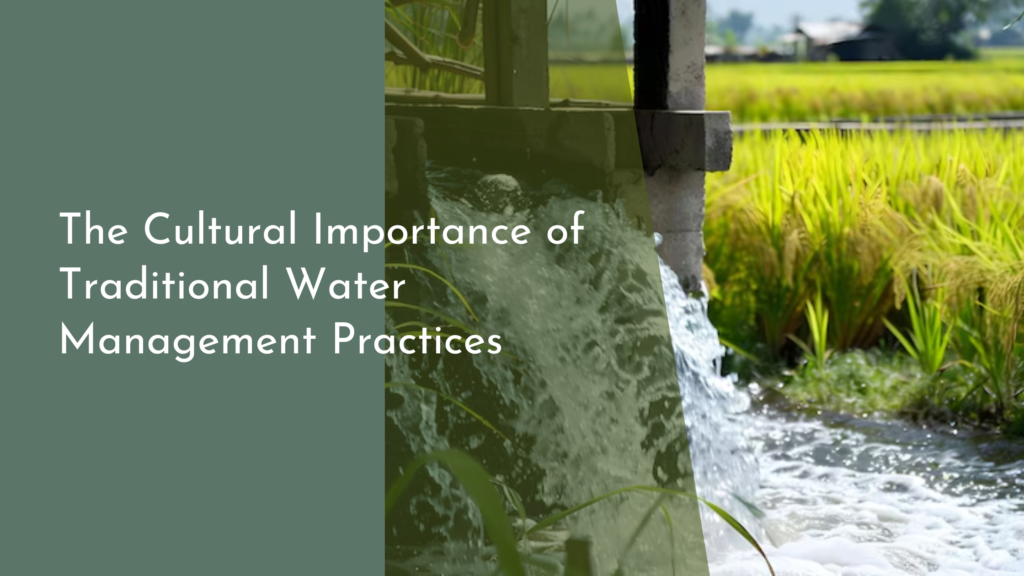Agroforestry and Land Tenure: Navigating Legal Challenges
Agroforestry is an innovative land management practice that combines agriculture and forestry to create sustainable and productive ecosystems. By integrating trees with crops and livestock, agroforestry not only enhances biodiversity but also improves soil health, water conservation, and climate resilience. However, as the popularity of agroforestry grows, so too do the complexities of land tenure. Navigating the legal landscape surrounding land ownership and use can be daunting. This article aims to provide insights into the intersection of agroforestry and land tenure, shedding light on the legal challenges and potential strategies for securing your agroforestry dreams!
Understanding Agroforestry: A Greener Tomorrow Awaits!
Agroforestry represents a harmonious blend of agricultural practices and tree cultivation, yielding numerous ecological benefits. By planting trees alongside crops and pastures, farmers can create a more resilient agricultural system that mitigates the impacts of climate change. This practice not only enhances biodiversity but also improves nutrient cycling, leading to healthier soils and more productive farms. With the potential to produce food, fuel, and timber, agroforestry is increasingly viewed as a pathway to a greener, more sustainable future.
Moreover, agroforestry systems can provide vital ecosystem services such as carbon sequestration, which is essential in combating climate change. These systems promote biodiversity by offering habitats for various species, while also enhancing water retention in the soil, thereby reducing the risk of drought. As communities and policymakers recognize the value of agroforestry, the movement is gaining momentum, encouraging more farmers to adopt these practices in pursuit of sustainable land management.
Legal Landscape: Exploring Land Tenure in Agroforestry
The legal framework governing land tenure is critical in shaping the adoption and success of agroforestry initiatives. Land tenure refers to the system of rights and responsibilities governing land ownership and use. In many regions, unclear land tenure systems can create barriers for farmers wishing to implement agroforestry techniques. Without secure land tenure, farmers may hesitate to invest in long-term agroforestry projects, fearing that they might lose access to their land.
In contrast, secure land tenure can empower farmers to innovate and invest in sustainable practices. Legal frameworks that recognize and protect the rights of land users are essential for fostering an environment conducive to agroforestry. As more governments and organizations advocate for land tenure reforms, it is vital to ensure that these legal structures support the diverse needs of farmers, promote sustainability, and facilitate the growth of agroforestry systems.
Common Legal Hurdles: Navigating the Red Tape Cheerfully
Despite the promise of agroforestry, various legal hurdles can impede progress. One common challenge is the lack of clarity in land ownership, which can result in disputes and conflicts among community members. Additionally, bureaucratic red tape can complicate the process of obtaining necessary permits and approvals for agroforestry projects. These challenges can discourage farmers from pursuing agroforestry, hindering the potential benefits it can bring to both the environment and local economies.
Another significant legal hurdle is the difficulty in accessing financial resources and incentives for agroforestry initiatives. Many farmers lack information about available grants or loans designed specifically for sustainable practices. This lack of awareness can lead to missed opportunities and reluctance to adopt agroforestry. However, it’s important to remain optimistic and seek out resources and legal support that can help navigate these challenges effectively.
Solutions and Strategies: Securing Your Agroforestry Future
To overcome the legal challenges associated with agroforestry, farmers and stakeholders can take proactive measures. One effective strategy is to engage with local communities and establish cooperative agreements that clarify land usage rights. By fostering collaboration and dialogue among stakeholders, farmers can promote a shared understanding of land tenure while minimizing conflicts. Community-led initiatives can empower farmers to work together and advocate for secure land tenure policies that support agroforestry practices.
Additionally, seeking legal advice and support can help farmers navigate the complexities of land tenure. Organizations focused on land rights and sustainable agriculture can provide essential resources, such as legal counsel and training workshops. By staying informed about local laws and regulations, farmers can better position themselves to secure funding and permits for their agroforestry projects. With a positive outlook and the right strategies, the future of agroforestry can be bright, benefiting both people and the planet!
Agroforestry presents a world of opportunities for sustainable land management and environmental restoration. However, navigating the legal landscape of land tenure can be challenging. By understanding the importance of secure land rights and proactively addressing common legal hurdles, farmers can unlock the full potential of agroforestry. With the right solutions and strategies in place, a greener tomorrow awaits—one where agroforestry flourishes, supporting communities, biodiversity, and the health of our planet. Let’s work together to make this vision a reality!

